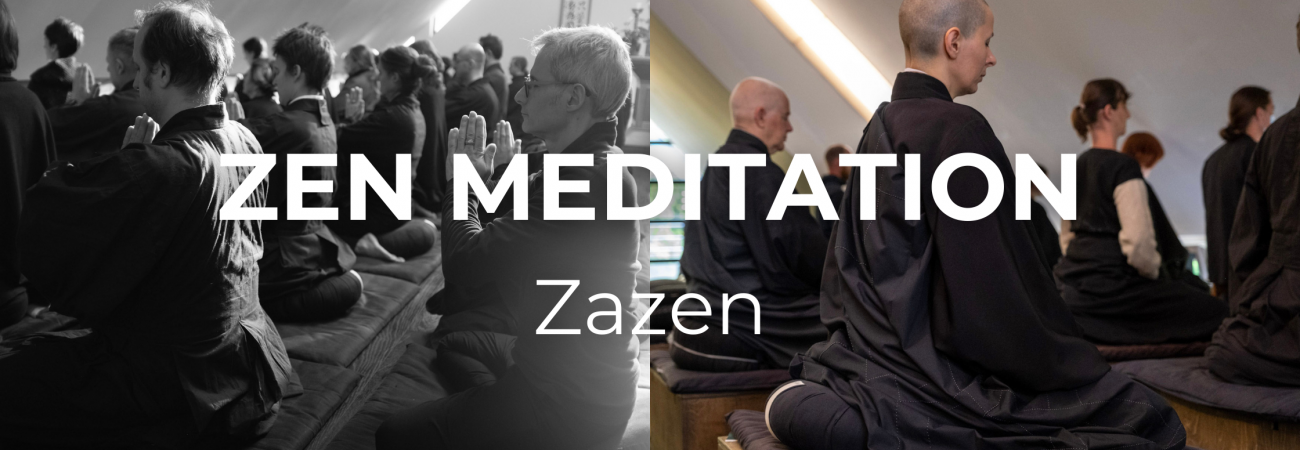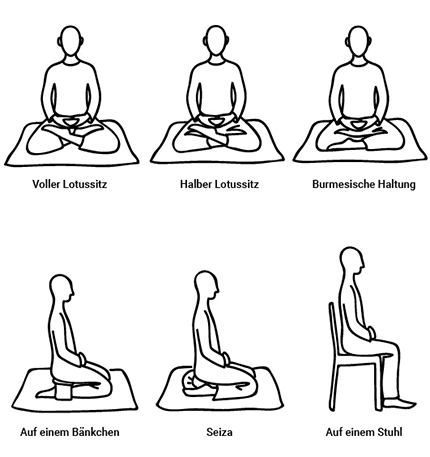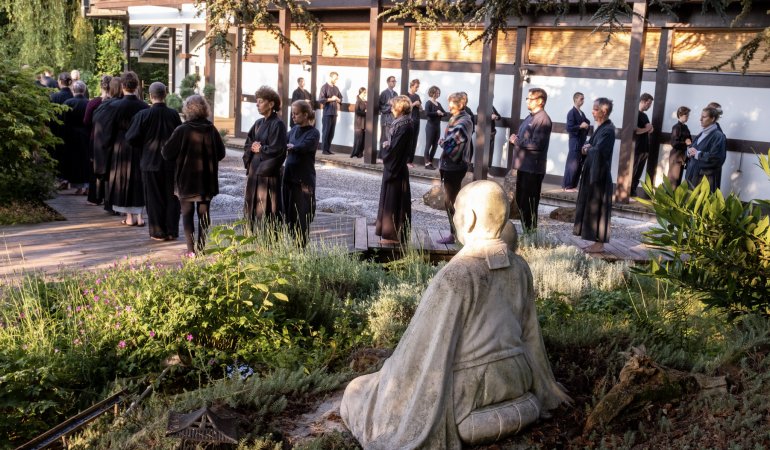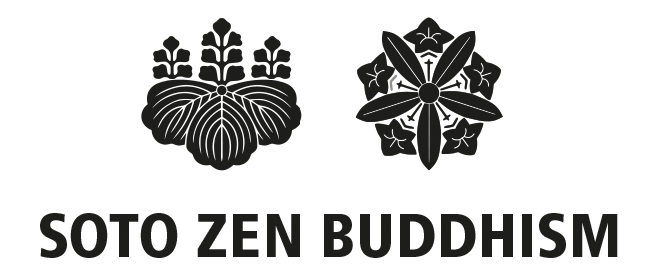
Zazen, seated meditation
Zazen, seated meditation, is the practice which allowed the Buddha to attain enlightenment 2600 years ago. It is the heart of zen Buddhism, during which attention is placed on the exact alignment of the posture, the natural flow of the breath, and the rise and fall of thoughts.
Zazen is also known as Shikantaza or simply sitting. Regular practice of zazen generates a peaceful mind, a clear spirit, and can create true stability in the midst of the many challenges inherent in human existence. The secret of zen is to simply sit, without goals or expectations of profit, while focused on the seated posture.
The posture of Zazen, Zen meditation
If somebody should ask you what true zen is, it´s not necessary to explain using words. Instead, demonstrate the aspects of zazen posture. Then, spring breezes will gently coax the marvelous flowers of the plum tree to blossom. (Daichi Sokei 1290-1366)
It is important to understand the different aspects of zazen posture to avoid forcing the body into static rigidity contrary to its natural physiology.
Instead, there is balanced relaxation in the vertical position of the body during zazen.
Zazen is practiced while seated on a round cushion known as a zafu, and the size of the zafu required will depend on the physiology of the practictioner. The positions of the pelvic and hip bones are key. The correct balance is achieved when sitting on the middle of the zafu with both knees planted firmly on the floor.
The legs are placed in either lotus, half lotus, or another of the positions pictured below.
The correct position of the pelvic bone and the ideal sized zafu allows the spinal cord the space to stretch toward the sky without causing detrimental tension in the back and spine, and for the head to be relaxed and straight. The shoulders, the rib cage, and the inner organs are also relaxed such that the breath becomes unimpeded and natural. The eyes are half open, half closed, and the gaze is lowered at an angle of about 45 degrees.
The wrists rest on the upper thighs, with the fingers of the left hand placed on top of the fingers of the right hand. The palms face upwards and the thumbs touch gently and firmly at their tips. The insides of the hands touch the abdomen.

During zazen, the practitioner must pay vigilant attention to every detail of the posture as well as the breath. This attention creates unification of mind and body. The usual flow of inner monologue is interrupted. Thoughts arise, as is their nature, but if the attention is still focused on the posture, then thoughts disappear without leaving a trace. Naturally and unconsciously the ego´s willpower becomes inactive and no longer searches for a goal. All that remains is the present moment.
It is impossible to see one´s own posture, so it is easy to fall off track without knowing it. As such, it is important to practice with others, particularly in a dojo ("the place of the way") where it is possible to receive the advice of an experienced practitioner.
The breathing
The breath is a fundamental aspect of zazen. It is peaceful and assumes a slow, strong, natural rythm.
The exhalation is deep and long. Zen masters compare it to the lowing of a cow. The inhalation, which is shorter, follows the exhaltion naturally; no force or intention is required.
The body becomes strong, the brain fresh, and the blood pure. This deep, calm, slow exhalation washes away mental complications. Consciousness becomes as clear as a cloudless sky.
Our exhalation is that of the entire universe. Our inhilation is that of the entire universe. Thus, in each moment, we realize the truth about existence. This spirit eliminates misfortune and creates absolute joy."
Kodo Sawaki 1880-1965
Video : learn how to breathe better with Master Wang-Genh
Many other videos (tutorials) to deepen zen meditation are available on this page: Videos, Zen meditation. In French, with English or German subtitles. Suggested themes: posture, thoughts, regularity, choice of meditation cushion, etc.
La conscience - les pensées - pendant la méditation zen, zazen
As consciousness dwells on nothing, the true self emerges. Diamond sutra
Just as correct breathing depends on correct posture, the mental attitude of natural and deep concentration depends on both posture and breathing.
During zazen, images, thoughts, and the mental structures of the subconscious pass like clouds in the sky and vanish naturally. As personal thoughts are not entertained, consciousness beyond thinking and not-thinking arises. Thus the return to the natural condition of the mind.
Master Wanshi said: "While in silence, all words are forgotten and replaced by clarity."
This is the reality of our lives in unity with the cosmic order. Without trying to attain the truth, without trying to suppress illusions, without chasing or avoiding anything, dualistic consciousness melts away. We get to know ourselves, and begin to harmonize with the true nature of our existence. We become free.
Kinhin, walking meditation
Kinhin is practiced between two periods of zazen. The practitioner focuses his or her attention on every aspect of the posture while walking in rhythm with the breath.
In kinhin, the left hand creates a fist with the thumb tucked inside, and the base of the thumb presses on the solar plexus. The right hand covers the left hand, and the shoulders are relaxed. Otherwise, the upper half of the body is positioned exactly as in zazen; the lower abdomen relaxed, the neck relaxed, the chin tucked in, and the gaze lowered.
During a deep and calm exhalation the ball of the big toe on the front foot presses into the ground as the rear leg relaxes. At the end of the exhalation, the inhalation naturally follows and the body relaxes as a half step forward is taken.
Pictured below is the practice of kinhin in the summer on the wooden terrace in front of the meditation room (Ryumonji Monastery - France )



